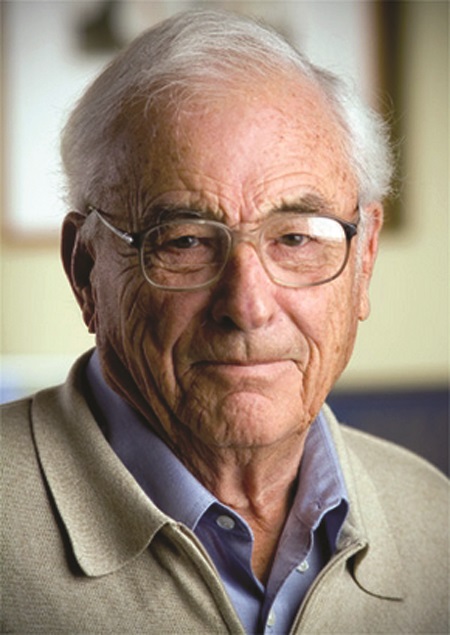Willard Boyle
Willard Boyle

Willard Boyle was born on August 19, 1924 in Amherst, Nova Scotia. When he was fourteen, he began his formal education at Lower Canada College in Montreal. From there, he started at McGill University to pursue science. In 1943, he joined the Royal Canadian Navy which paused his studies. He finished his B.S. degree in 1947, his M.S. in 1948, and Doctorate in Physics in 1950.
He stayed at McGill in Canada’s Radiation Laboratory for one year before teaching at the Royal Military College of Canada in Kingston, Ontario. In 1953, he moved to New Jersey to start work at Bell Labs. In 1962, he worked with Don Nelson to create the first continuously operating ruby laser. Also in 1962, he became the Director of Space Science and Exploratory Studies at Bellcomm, a division of Bell Labs in Washington, D.C. While at Bellcomm, he supported the Apollo space program and was able to aid in the selection of lunar landing sites. He returned to Bell Labs in 1964. Then in 1969, during a brainstorming session with George Smith, they created the charged-coupled device (CCD), for which they would earn half of the 2009 Nobel Prize in Physics.
He retired in 1979 as Executive Director of the Communication Science Division, and sailed home to Wallace, Nova Scotia, where he enjoyed life as a grandfather until his death in 2011.
He earned a number of awards over his career, including the Ballantine Medal of the Franklin Institute, IEEE’s Morris Lieberman Award, the Progress Medal of the Photographic Society of America, IEEE’s Breakthrough Award, OSA’s Edwin H. Land Medal, and the Charles Stark Draper Prize from the National Academy of Engineering. He was a co-winner of the C&C Prize of the NEC Foundation and the 2009 Nobel Prize. He is also a member of the Canadian Science and Engineering Hall of Fame.
Document Created: 26 July 2023
Last Updated: 28 August 2023
